From: pv magazine, November edition
A garage-sized concrete box, located to the west of Kempten in Southern Germany looks like an ordinary local grid transformer station. Behind the metal door, however, there is neither a transformer nor switchgear, but rather 30 lithium-ion battery packs stacked on a black wall. It is one of five battery storage systems currently installed in the greater Kempten area, which the local network operator, Allgäuer Überlandwerk (AÜW), has been using to ensure the stability of its power distribution network since the end of last year.
AÜW faces a problem that most grid operators know only too well: As solar and wind power is increasingly fed into distribution networks, the lines are becoming increasingly congested. One indicator of this is the number of days on which electricity flows back into the higher levels of the network. What was an absolute outlier just a few years ago happened on more than 100 days in 2017 in the AÜW network area.
The obvious solution to the problem of bottlenecks in the distribution networks would be to expand them. However, laying new cables costs a lot of money. The grid operator has therefore decided to give priority to investing in measures aimed at upgrading the existing grid – first and foremost in controllable battery storage facilities with a capacity of 500 kWh each. “We have selected locations with a renewable generation capacity of at least 400 kilowatts in the immediate vicinity, and which have comparatively high nighttime consumption so that we can reduce the need for grid expansion in the medium-voltage range through day-night offsetting,” explains Bernhard Rindt, managing director of egrid – the joint venture between AÜW and Siemens, which specializes in smart distribution networks, is responsible for planning, installation, and operation of the batteries. By the end of the year, two more battery storage systems will be added to the “SchwarmSpeicher Allgäu” (Allgäu Swarm Storage) system.
Platform for storage capacity
AÜW is by no means the only grid operator to rely on distributed battery storage to prepare local grids for the further expansion of renewables. As early as 2014, innogy subsidiary Lechwerke created a smart grid with numerous PV systems in a housing development near Augsburg in Bavaria.
In addition to controllable consumers such as heat pumps, seven storage units were integrated into the smart grid. A unique feature of this project was that the households allowed the network operator to access their storage facilities. Based on generation and consumption data, along with weather forecasts, an algorithm determined which mode of operation of the storage systems and consumers would best relieve the load on the lines. The evaluation of the three year pilot project published last year showed that this can enable local electricity networks to take in around 35% more solar power.
In any case, Bavaria’s Swabia region has developed in recent years into a laboratory for the grid-supporting use of battery storage facilities. Sonnen’s headquarters are located just outside of Kempten and not far from Augsburg, in the Allgäu town of Wildpoldsried. The battery manufacturer recently announced its intention to create a platform that will enable distribution network operators to access local solar storage capacities on short notice, if required. To test the concept, sonnen now wants to launch a pilot project in Brandenburg, northern Germany, in cooperation with an undisclosed network operator – which the industry reports is the Eon subsidiary e.dis.
This is how the model would work: A distribution network operator could, for example, submit a storage requirement of 200 kW on the platform for the following day between 1:00 p.m. and 2:00 p.m. in the event of a local grid bottleneck. Sonnen checks whether its customers’ batteries in the region can meet this requirement. If so, the company controls the batteries in such a way that they can actually provide the required capacity during the specified time. “With this aggregated storage capacity, distribution network operators get more flexibility in network operation,” explains Jean-Baptiste Cornefert, Managing Director of sonnen eServices. This helps to limit the costs of stabilizing the networks – which also makes economic sense. “It can’t be the case that whenever more solar and wind energy is added to the grid, new copper has to be laid at a huge expense,” says Cornefert. But it will be some time before sonnen launches the platform on the market. First, the projects have to demonstrate which services networked swarm storage facilities can provide for the distribution network. It is also still unclear how owners of the storage facilities might be remunerated for their services.
Costs and earnings
How do you measure the capacity that distributed networked PV storage systems can provide to distribution networks? How much is it worth? How much does it cost? The blockchain-based virtual large-scale storage for photovoltaic system operators (BloGPV) project sponsored by Germany’s Federal Ministry of Economic Affairs and Energy, aims to provide answers to questions such as these. Smart meter manufacturer Discovergy is currently leading a consortium that includes the utility enercity, the storage provider fenecon, the Technical University of Berlin, and the German Research Center for Artificial Intelligence (DFKI). “If you want to develop a decentralized business model in the distribution networks, you naturally have to determine the exact costs and earnings. But you also have to be able to explain in a transparent way to all those involved what happens to each euro,” explains Project Manager Thorsten Zörner.
A central goal of BloGPV, according to Zörner, is to create a model that can be used throughout Germany, whereby operators of large virtual storage systems can make concrete offers to electricity customers, network operators, and municipalities. “So far, this has not been possible because, among other things, we don’t know exactly how the networking of individual storage systems affects distribution networks or costly bottlenecks,” he explains. BloGPV also aims to increase the participants’ own consumption rate and test the marketing of solar power to third parties.
Starting in early 2019, the partners want to integrate households with solar + storage in the Hanover area, which are networked via fenecon’s Energy Pool into the project. The systems are controlled by the OpenEMS open source system used by fenecon. The values of the individual transactions are calculated using a blockchain. Why blockchain? Zörner explains, “The blockchain is ideally suited for determining the value of goods and services because it can reflect a wide variety of exchange rate relationships. Free storage capacity, for instance, has a different value at different times – the exchange rate varies. Knowing the respective value is a prerequisite for turning the controlled use of storage into a business model.
Not a problem for networks
E-mobility service provider The Mobility House is testing how networked batteries in electric vehicles can help to avoid network bottlenecks (a concept known as “vehicle to grid” or V2G, for short) in several projects, some of which have already been completed. For example, the Munich-based company tested twenty Renault Zoe vehicles in a period when an abundance of electricity was available, and demand was low. The transactions were controlled based on the electricity exchange prices.
In another project, The Mobility House, together with Tennet, examined whether bidirectional charging of electric cars is suitable for reducing redispatch costs – i.e. the cost of throttling the output of power plants upstream of bottlenecks and powering up downstream plants. To reduce these costs, the project partners charged four Nissan Leaf vehicles while winds were strong in the north, and simultaneously discharged another four of the same vehicles in the south.
One finding of the pilot projects was that controlling batteries to support a distribution network in electric cars is a complex undertaking, since the technical requirements of the battery, and not least the needs of vehicle owners have to be taken into account simultaneously. For this reason, the main aim of the test was to gain experience regulating the charging processes, but not to gather information on relieving the load on networks. But Marcus Fendt, Managing Director of The Mobility House, is sure that electric cars can make a huge contribution in this regard. “E-mobility is not a problem for the networks, but a solution,” says Fendt. He backs this up with figures from projects in which his company created the charging infrastructure for underground garages and vehicle depots. “We have determined that smart charging can eliminate the need for 30-70% of network expansion. In addition, there are lower recurring costs because peak loads are avoided,” explains Fendt.
Lack of incentives for controllable storage
According to the Managing Director of The Mobility House, some countries already offer incentives for the network-related use of vehicle batteries. As an example, Fendt cites the USA, where in certain states electric cars can be charged for free if they ease the load on power lines. By contrast, Germany still lags far behind. “The flexibility that vehicle-to-grid creates has a very high value in a system with a lot of renewable energy. But the regulatory framework doesn’t reflect this,” says Fendt. There are plenty of different approaches, he points out, such as introducing flexibility markets or variable network fees.
The fact that the grid-related use of networked battery modules is not rewarded is also a problem for egrid CEO Bernhard Rindt. “There is currently no incentive whatsoever to avoid grid expansion by using controllable storage systems,” he explains. The SchwarmSpeicher Allgäu is only profitable because the AÜW markets it as primary control power and also uses it as an emergency power system. However, Rindt is optimistic that policymakers will create the necessary framework for the use of networked storage in distribution networks in the foreseeable future. “My impression is that something is slowly moving in the German government,” he exclaims.
Ralph Diermann
This content is protected by copyright and may not be reused. If you want to cooperate with us and would like to reuse some of our content, please contact: editors@pv-magazine.com.
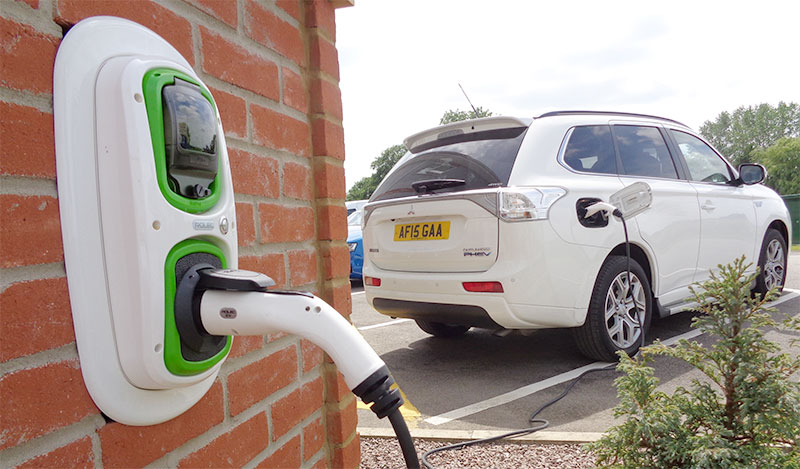
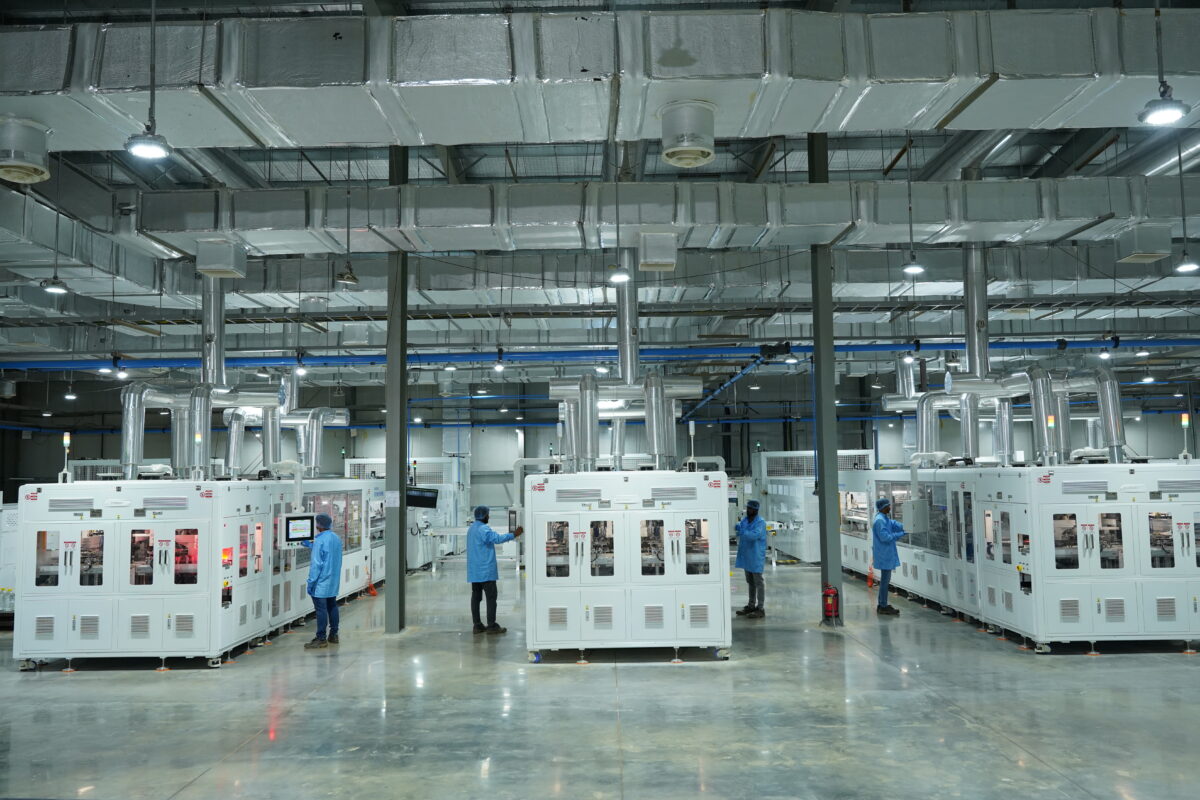



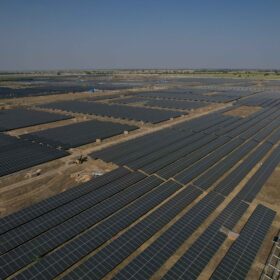
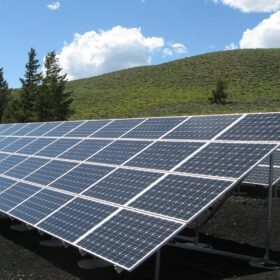
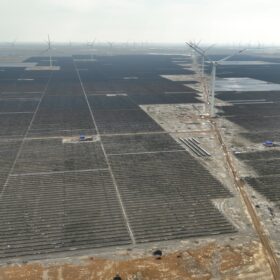
1 comment
By submitting this form you agree to pv magazine using your data for the purposes of publishing your comment.
Your personal data will only be disclosed or otherwise transmitted to third parties for the purposes of spam filtering or if this is necessary for technical maintenance of the website. Any other transfer to third parties will not take place unless this is justified on the basis of applicable data protection regulations or if pv magazine is legally obliged to do so.
You may revoke this consent at any time with effect for the future, in which case your personal data will be deleted immediately. Otherwise, your data will be deleted if pv magazine has processed your request or the purpose of data storage is fulfilled.
Further information on data privacy can be found in our Data Protection Policy.